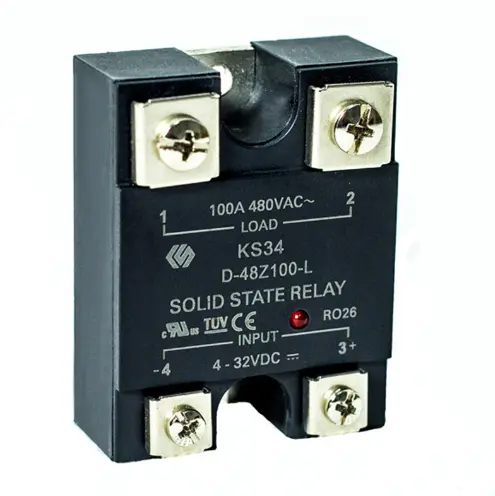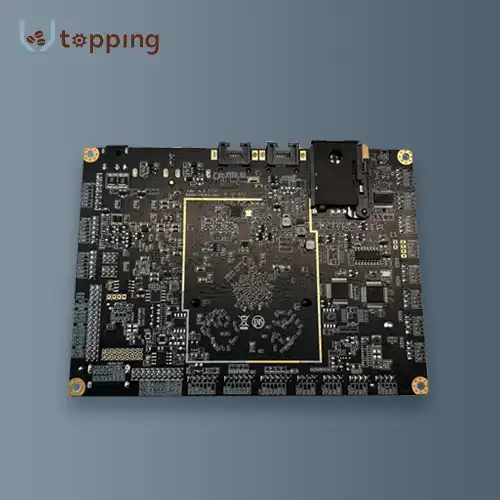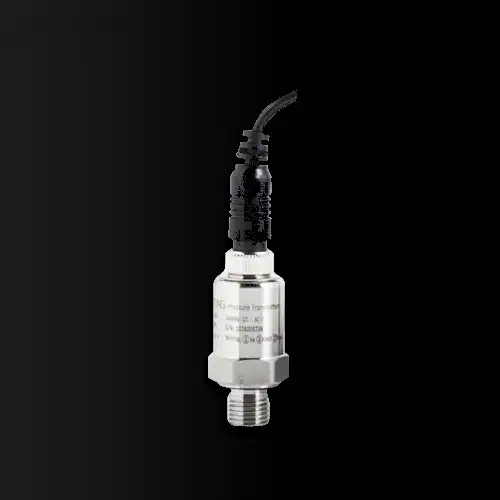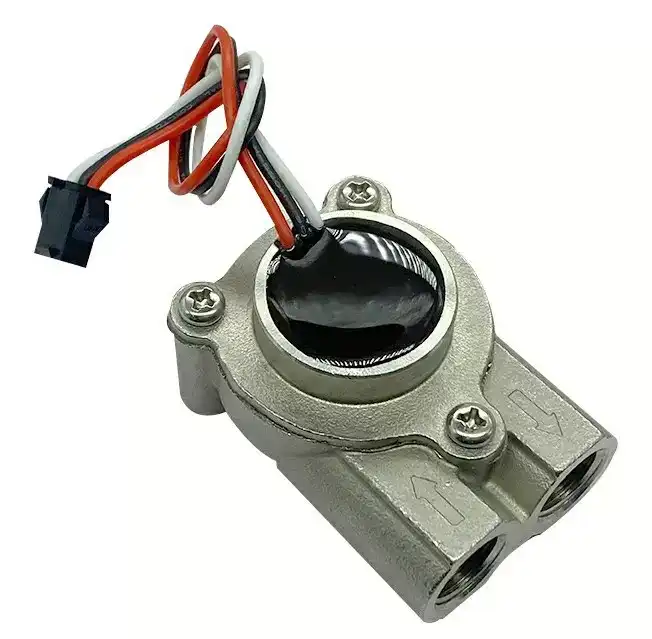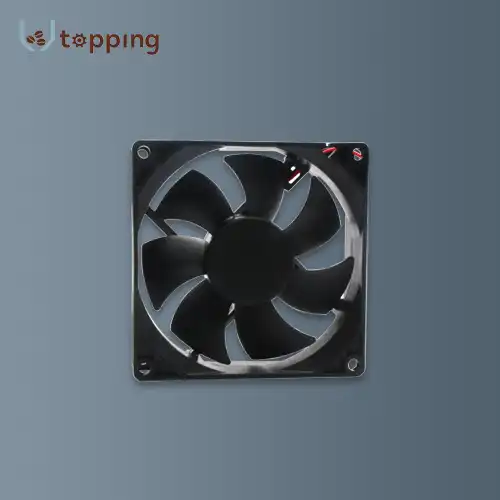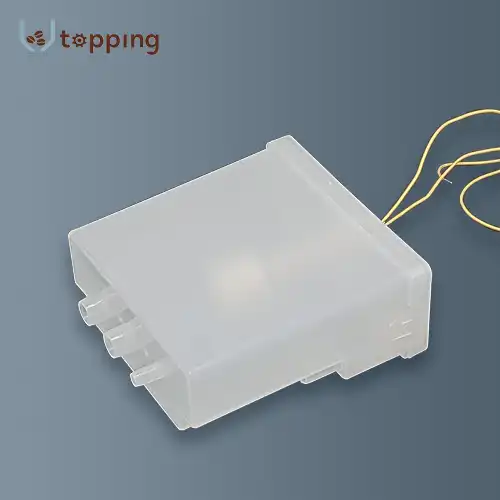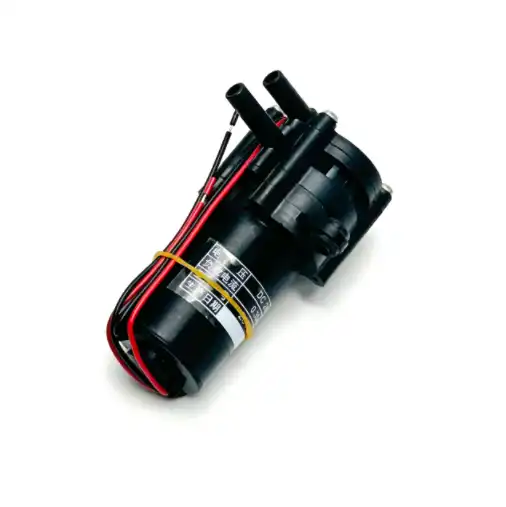Coffee Vending Machine Dispensing Components and Functions
2024-09-14 14:18:56
Component: Valve, Pump, Sensor and Dispensing Nozzle
Coffee vending machines have become increasingly popular in offices, public spaces, and commercial establishments. These automated dispensers rely on several key components to deliver a consistent and quality cup of coffee. Understanding coffee vending machine dispensing components is crucial for anyone interested in the mechanics of coffee vending machines or considering purchasing one for their business.
The valve is a critical component in coffee vending machines. It controls the flow of water and other liquids throughout the system. Typically, these machines use solenoid valves, which are electromechanically operated. When activated, they allow water to flow through the system at precise intervals and quantities. This precision is essential for maintaining the correct coffee-to-water ratio and ensuring consistent flavor in each cup.
Pumps are another vital component, responsible for moving liquids through the machine. In coffee vending machines, pumps are used to transport water from the reservoir to the brewing unit and to create the pressure necessary for espresso-based drinks. The most common types used are vibration pumps and rotary vane pumps. Vibration pumps are more common in smaller machines due to their compact size and lower cost, while rotary vane pumps are often found in higher-end or commercial-grade vending machines due to their durability and ability to maintain consistent pressure.
Sensors play a crucial role in the automation and precision of coffee vending machines. Various types of sensors are employed, including temperature sensors, liquid level sensors, and flow sensors. Temperature sensors ensure that water is heated to the optimal brewing temperature, typically between 195°F and 205°F (90°C to 96°C). Liquid level sensors monitor the water reservoir and ingredient containers, alerting when refills are needed. Flow sensors measure the amount of water dispensed, ensuring accuracy in serving sizes and maintaining consistency in coffee strength.
The dispensing nozzle is the final component in the coffee delivery system. It's designed to minimize splashing and ensure that the coffee is dispensed neatly into the cup. Many modern coffee vending machine dispensing components adjustable nozzles to accommodate different cup sizes. Some advanced models even include multiple nozzles to dispense different ingredients simultaneously, allowing for the creation of more complex beverages like cappuccinos or lattes.

Function: Coffee Vending Machine Dispensing
The dispensing function of a coffee vending machine is a complex process that involves the coordinated operation of all the components mentioned above. When a user selects a beverage, the machine's control system activates a series of steps to prepare and dispense the drink.
First, the appropriate amount of coffee grounds is measured and deposited into the brewing chamber. This is typically done by a separate grinder component in machines that use whole beans, or from a pre-ground coffee container in other models. The precision of this step is crucial for maintaining consistent flavor and strength in each cup.
Next, the pump activates to move water from the reservoir through a heating element. The temperature sensor ensures that the water reaches the optimal brewing temperature. Once heated, the water is forced through the coffee grounds under pressure. This pressure is particularly important for espresso-based drinks, where it needs to be maintained at around 9 bars for ideal extraction.
As the brewed coffee flows out of the brewing chamber, it passes through a series of valves that control its path through the machine. These valves can direct the coffee to mix with other ingredients for specialty drinks or straight to the dispensing nozzle for black coffee.
For drinks that require additional ingredients like milk or flavored syrups, separate pumps and valves activate to add these components in precise amounts. Many modern machines use powdered milk that is reconstituted with hot water, as this is more shelf-stable than liquid milk.
Throughout this process, various sensors monitor the operation. Flow sensors ensure that the correct amount of water is used, while temperature sensors maintain the optimal heat for brewing and, if applicable, milk frothing. Level sensors in the ingredient containers alert the machine (and potentially the operator) when supplies are running low.
Finally, the completed beverage is dispensed through the nozzle into the waiting cup. The design of the nozzle helps to minimize splashing and ensure a clean pour. In more advanced machines, the nozzle may adjust its height based on the selected cup size to reduce drips and spills.
This entire process, from selection to dispensing, typically takes less than a minute, showcasing the efficiency of modern coffee vending machines. The speed, consistency, and variety of drinks offered make these machines an attractive option for many businesses and public spaces.
Coffee Vending Machine Dispensing Components Manufacturers
When selecting a manufacturer for coffee vending machine dispensing components, it's crucial to meticulously weigh several pivotal factors. Foremost among coffee vending machine dispensing components is the quality and reliability of the components themselves, as they directly impact the performance, durability, and ultimately, the customer satisfaction of the vending machines. Additionally, the manufacturer's reputation within the industry speaks volumes about their track record of delivering excellence and adhering to industry standards.
Another significant consideration is the manufacturer's flexibility in offering custom solutions tailored to specific needs. This is particularly important in a competitive market where innovation and differentiation are key. Moreover, their capability to adapt and innovate can help future-proof your vending machines against emerging trends and customer preferences.
Furthermore, robust after-sales support and comprehensive warranty offerings are non-negotiable. They demonstrate the manufacturer's commitment to long-term partnerships and ensuring customer satisfaction. Swift technical assistance, spare parts availability, and a generous warranty policy can significantly reduce downtime and maintenance costs, ultimately enhancing the overall profitability of your coffee vending business.
In summary, choosing the right manufacturer involves a holistic assessment that encompasses component quality, industry reputation, customization capabilities, and post-purchase support. This comprehensive approach ensures that you partner with a reliable and forward-thinking entity, fostering a mutually beneficial relationship for years to come.
Topping Motor is one such manufacturer that provides one-stop OEM (Original Equipment Manufacturer) or ODM (Original Design Manufacturer) standard services. They offer a range of components for coffee vending machines and can work with businesses to develop custom solutions. For those in the market for coffee vending machine dispensing components, Topping Motor welcomes inquiries at sales@huan-tai.org.
References
1. Becker, B. The Complete Guide to Vending Machine Components. Vending Market Watch.
2. Coffee Vending Machines Market Size, Share & Trends Analysis Report. Grand View Research.
3. Espresso Machine Valves: What Are They and How Do They Work? Coffeegeek.
4. Hoffman, J. The World Atlas of Coffee: From Beans to Brewing - Coffees Explored, Explained and Enjoyed. Mitchell Beazley.
5. Klein, G.ending Machine Technology: Components and Systems. Journal of Automated Retail.
Send Inquiry
Related Industry Knowledge
- How to deal with Vending machine cup dispenser empty?
- Universal control board for vending machine
- Can Upgrading Your Coffee Grinder Motor Improve Grinding Consistency?
- What are the Specification parameters of vending machine touch screen?
- Are Coffee Grinder Motors Waterproof or Water-Resistant?
- What kind of motors do vending machines use?
- Do coffee machines have built in grinder?
- What measures does Vending Machine Camera take in terms of data security?
- Can Coffee Beans Be Stored in a Grinder Hopper?
- What is a Valve Coffee Machine?

